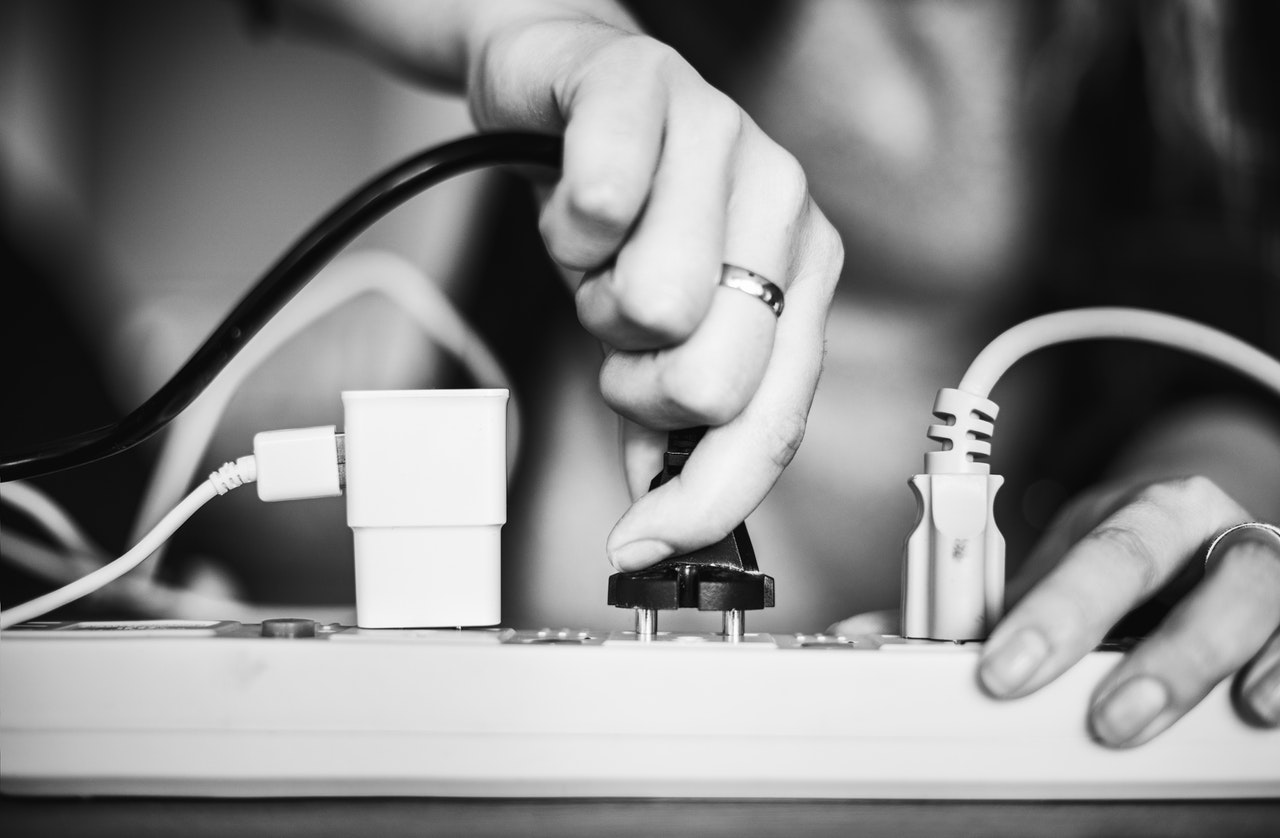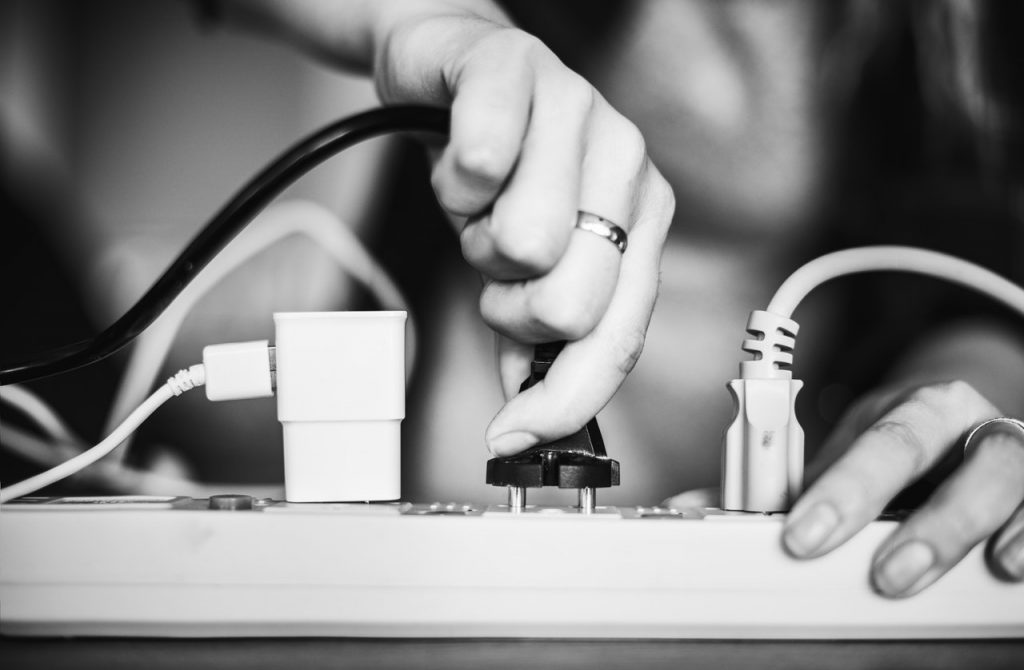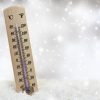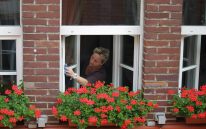
As weather starts getting colder and heating costs start rising, every homeowner begins wondering about energy efficiency tips for the winter. Sometimes you need to take a step back from your hectic daily routine and look at the whole picture. In terms of energy efficiency in your home, winter can be one of the most expensive seasons of the year. Dropping temperatures can mean rising heating costs; spending more time indoors can also mean spending more money.
10 Energy Efficiency Tips For Winter
Go over the energy efficiency checklist below to save on costs over cold winter months. There are lots of actions you can take to reduce your energy costs during this chilly season.
- Get a home energy audit. Often required at the time you sell or purchase property, a home energy audit is a low-expense way to make your home more energy-efficient and enjoyable while you are still living there. An audit usually costs between $200 and $300, and can be performed by trained energy-provider personnel or other energy contractors. Ask your energy provider for possible auditors.
Remember, this service is popular, so you may have to wait a bit for an appointment. This roof-to-cellar assessment of your home provides measured data on your home environment’s energy efficiency. Does a lot of heat escape through your roof? Would a chimney-pointing keep your home warmer? Can you make your floors less drafty? A home audit has answers to those questions and more.
- Schedule a heating-system checkup before you need to turn on the heater. Heating companies often provide seasonal special offers that combine full inspection and cleaning of vents & ductwork.
- Take a hard look at your foundation. Note cracks or holes that need repair, and conduct your own draft-assessment. Tear a long strip off a sheet of lightweight copy-paper; holding one end firmly, point the other end at baseboards and places where the foundation or crawlspace supports meet interior floors. You’ll see fluttering where air is seeping in and know it’s time to reach for the caulking gun. To get an even clearer picture of the leak, run water over your hand, then wave it slowly past the trouble spot—you’ll feel what’s going on.
- Use the same flutter-strategy to check window and door frames for drafts. It’s a little time-consuming, but you can save a lot of money by blocking drafts. Be sure to include basement windows, which frequently let in more cold than their fancier upstairs cousins. Weather-stripping can make a big difference in their heat-holding abilities.
- Remove portable air-conditioners and fans from windows. Cover a/c vents to prevent drafts.
- Just as you add blankets to beds, consider putting down area rugs on drafty floors for the cold season. If the strategy seems rather Victorian, you get an A in history—before central heating was well-established, many homes routinely had two sets of bed-linens, curtains, rugs, furniture slip-covers and other textiles designed to conserve heat in your home and increase household comfort in cold or hot seasonal weather.
- Review your use of off-peak utility rates. Busy lives can get in the way of penny-saving plans. A rescheduled game means you wind up washing soccer uniforms at peak hours. Washing light loads saves on big efforts to put stuff away. The kids don’t always shut the freezer door tight, but letting them get their own snacks saves time. Maybe you need to revive the tradition of “free weekend” washday. When you’re going to be using the oven for the bake-sale, plan a whole oven dinner to cook along with the banana bread. And yes, one more talk about the freezer door! It all adds up.
- More time indoors often means more electronic activity. Install power-strips that let you turn computers, game equipment and other media all the way off, when no one’s using it.
- Review your light-bulb use. Replacing incandescent bulbs with compact fluorescent can give you longer, brighter illumination at lower cost. Your energy provider may have lighting guides and even incentive programs that let you improve your lighting for less.
Little Things Mean A Lot
Little things mean a lot when you’re working toward a goal. Taking a good look at your whole utility picture will let you reset some of those small money-saving practices. Use fall planning to enjoy a more comfortable winter and save energy costs with these energy efficiency tips.











